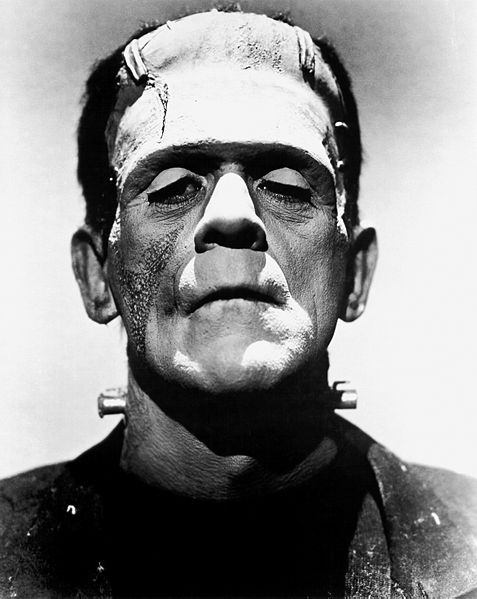Hello everybody,
I really love skiing. I also really love taking pictures of my friends skiing. Unfortunately, they don't pop like I want them to. I shoot in raw, but when my camera says the exposure is proper, the people usually come out super dark against the white snow. I've tried over-exposing a bit, but I'm not happy with the results. I've also tried lowering the ISO as low as it'll go (100) but again, I'm not happy with the results. Here's an example. If anyone has any suggestions, I'd love to hear them. Thanks!
P.S. ( I realize the composition leaves a lot to be desired, but this is the best I came up with yesterday). Thanks again!

Good Morning,
I'm on the east coast USA and I'm up at 330 in the morning and my eyes and brain come up with.. "My buddies don't poop in the snow". So you got my attention.. now I feel obligated to respond.
Keep in mind that my responses are generalizations and suggestions. Frequently there are many ways to get from point a to b. I'll be an early responder to your query and many others will likely follow.
RAW is great but SOOC (straight out of camera) RAW is a bit flat and unexciting because you've made the decision not to have the camera juice up your picture and spit out a jpeg that has contrast, sharpening and saturation pre applied. A RAW image is like taking a high quality steak out of the refrigerator. You know it's good, but it is going to need some spice and time on the grill.
Snow: The camera's light meter sees all this white and says.. I'm going to do my job and spit out the reading to turn what I see into the exposure I'm made to give. And it is now showing the snow as underexposed grey and the dark areas of the image area now really dark. (If your Buds where dressed in white on a black background and you took the picture as the camera tells you they would be overexposed)
In general.. when I shoot on a sunny day in snow... I shoot about 1 to 2 stops over (exposure compensation) and lean more toward the 2 stops. This is normal and required.
Check your metering mode. Make sure you are on something other than "spot". (unless you know exactly what to do with spot mode and how to use it effectively) I tend to stick to evaluative but others might have chest pain because it isn't the mode they use and swear by.
The exposure of your friends is complicated because they are backlit.. i.e., the front of them we are seeing is mostly in shade.
ISO 100 on a sunny day is perfect.
You took the shot at f22. Was that intentional? Fine if it was. Someone is going to chime in and tell you about the evils of diffraction. That is not your problem here.
Here is something to read about diffraction that puts it in perspective:
https://www.lensrentals.com/blog/2013/03/overcoming-my-fentekaphobia/
Shooting at f 22 does some cool things like show sensor dust esp. in the sky. On the right hand side you are some that is noticeable. Easily fixed in post processing and fixed on your camera if desired.
So... you want your buds to pop. The best way to do that is using the light to the best possible advantage when taking the picture... ooops.. (sometimes it is nice to have faces in shade so the subjects aren't squinting and to avoid harsh shadows but for what you want they would have been better getting the sun on their faces and fronts.)
What are you using for post processing? I use Lightroom and PS and I'll use general terms.
I would bring up the shadows even more. Maybe paint some exposure on the dark clothing to bring out detail. I would crank up the clarity to at least 60. Adjust contrast to taste. Add vibrance and saturation. Sharpen. Adjust my white point and black point.
There you go.
Feel free to PM me if you want specific help.
--
http://esfishdoc.smugmug.com/
My Flickr Page
http://www.flickr.com/photos/33755787@N03/












